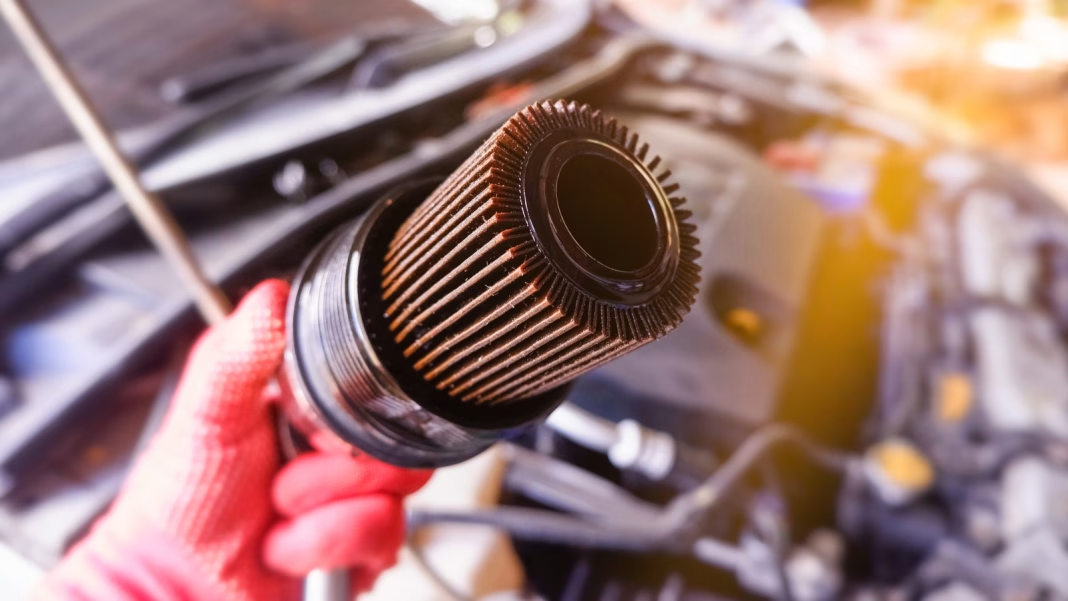How Do I Know If My Car’s Fuel Filter Needs Replacing?
Ever notice your car hesitating when you hit the gas, or maybe it’s just not running as smoothly as it used to? A clogged fuel filter could be the culprit. Most drivers don’t give this little part much thought, but it’s a silent workhorse, keeping dirt and debris out of your engine. Over time, though, it gets gunked up—and that’s when problems start.
So, how can you tell if it’s time for a change? Look out for symptoms like sluggish acceleration, rough idling, or even trouble starting. In some cases, your check engine light might pop on. According to the Car Care Council, these are classic signs that your fuel system isn’t getting the clean fuel it needs. If you’re experiencing any of these, it’s worth checking your owner’s manual or asking your mechanic about the recommended replacement interval for your specific make and model.
How Often Should You Replace Your Fuel Filter?
Here’s where things get a bit tricky: there’s no one-size-fits-all answer. Some newer vehicles have fuel filters built right into the fuel pump or tank, designed to last the life of the car. Others—especially older models—need a new filter every 20,000 to 40,000 miles. That’s a pretty wide range, right?
Manufacturers’ recommendations vary, so always double-check your manual. If you drive in dusty conditions, tow heavy loads, or often run your tank low, you might need to swap it out more frequently. Mechanics often see premature fuel filter issues in vehicles used for lots of short trips or in areas with questionable fuel quality.
What Happens If You Skip Fuel Filter Changes?
Let’s be honest—most people don’t remember the last time they changed their fuel filter. But ignoring it can lead to bigger headaches down the road. A clogged filter restricts fuel flow, which means your engine has to work harder. The result? Poor performance, reduced fuel efficiency, and in worst-case scenarios, damage to expensive components like your fuel pump or injectors.
A 2023 study by AAA found that neglected fuel filters are a leading cause of unexpected breakdowns in vehicles over 10 years old. That’s a repair bill nobody wants. Think of the fuel filter as your engine’s first line of defense. When it’s clean, everything runs smoother—and you save money in the long run.
Can You Change the Fuel Filter Yourself?
If you’re handy with basic tools, swapping out a fuel filter isn’t rocket science. On many vehicles, it’s a straightforward job—just make sure to relieve the fuel system pressure first and have a catch pan ready for any drips. There are plenty of step-by-step guides online, but if you’re not comfortable working around fuel lines, don’t risk it. A professional can do the job quickly and safely, often for less than you’d expect.
One tip: always use a high-quality replacement filter. Cheap knockoffs might save a few bucks now, but they can cause more problems later. Trusted brands are worth the investment.
Are There Ways to Extend Your Fuel Filter’s Life?
Absolutely. Start by filling up at reputable gas stations—contaminated fuel is a fast track to filter trouble. Try not to run your tank down to empty, since sediment settles at the bottom and can get sucked into the filter. And if your car sits for long periods, consider a fuel stabilizer to prevent gunk buildup.
Regular maintenance checks are your best friend. Ask your mechanic to inspect the fuel filter during routine service appointments, especially if your car is past the 60,000-mile mark.
What’s the Real Cost of Neglecting This Tiny Part?
It’s tempting to put off small maintenance tasks, but the cost of ignoring your fuel filter can add up fast. A new filter usually runs between $15 and $50, plus labor if you’re not doing it yourself. Compare that to the price of a new fuel pump—often $400 or more—and it’s a no-brainer.
According to Consumer Reports, drivers who stick to recommended filter changes see fewer breakdowns and enjoy better gas mileage. That means more money in your pocket and less time stranded on the side of the road.
The big takeaway? Fuel filter maintenance isn’t about perfection—it’s about smarter adjustments. Start with one change this week, and you’ll likely spot the difference by month’s end.


